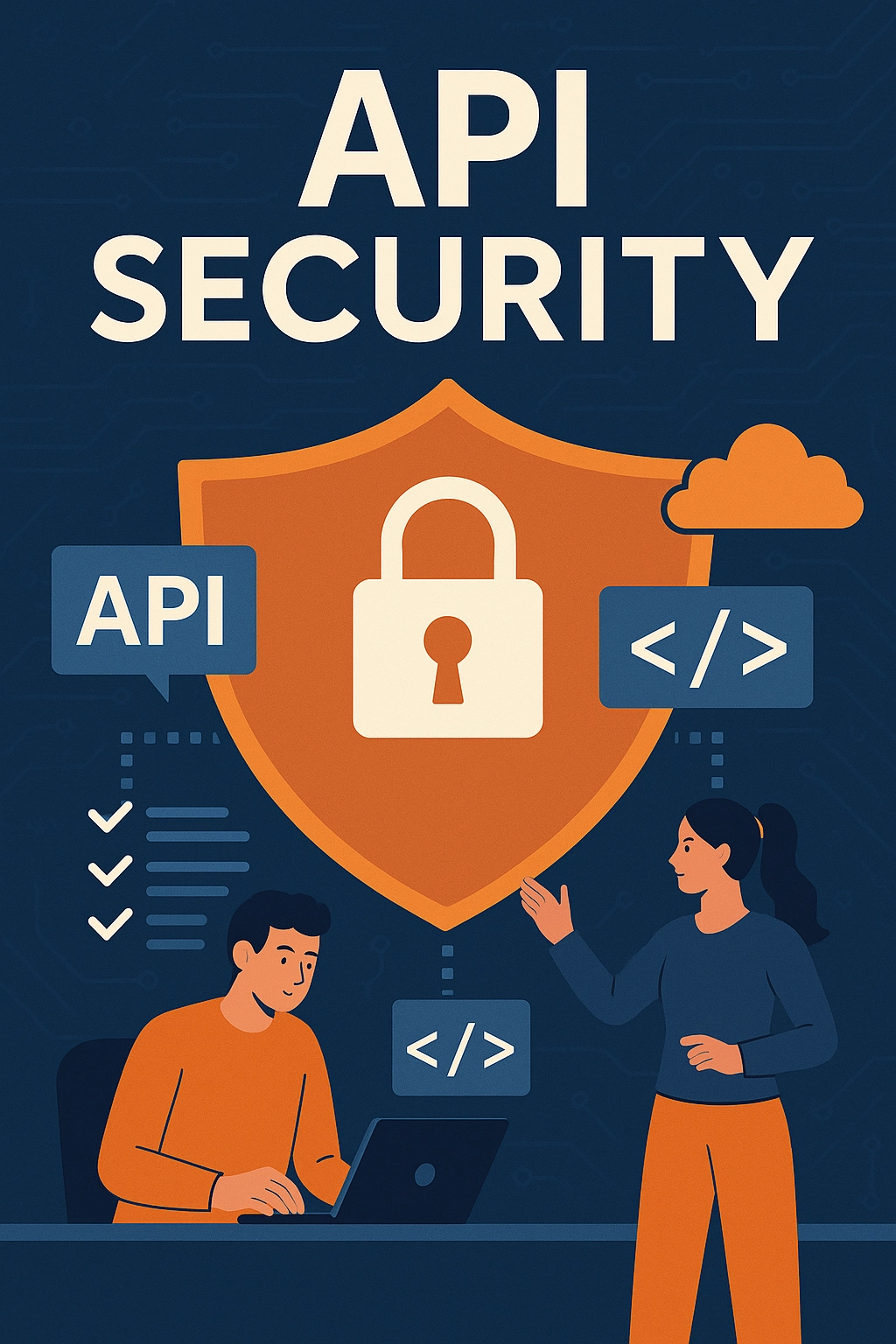
APIs are the backbone of modern apps — powering websites, mobile applications, SaaS products, and cloud systems.
But because APIs connect everything, they also attract hackers, bots, and automated attacks more than ever before.
API Security is now one of the top cybersecurity priorities for all businesses and developers.
This guide explains API security in simple terms and teaches beginners how to protect APIs without needing advanced skills.
⭐ What is an API? (Simple Explanation) Link to heading
An API (Application Programming Interface) allows two systems to interact.
Common examples:
- Logging in →
POST /api/login - Viewing account details →
GET /api/user/info - Posting a message →
POST /api/messages
If attackers break your API, they can:
✔ Steal user data
✔ Delete accounts
✔ Perform unauthorized actions
✔ Access admin features
🚨 Why Hackers Target APIs Link to heading
APIs are attractive targets because:
- They expose structured data
- They often lack authentication
- They reveal predictable URLs
- They are easy to attack using automation
- Developers sometimes forget hidden endpoints
One mistake can expose an entire system.
🧨 Common API Vulnerabilities (Beginner-Friendly) Link to heading
Based on OWASP API Security Top 10.
1. Broken Authentication Link to heading
Happens when login controls are weak or missing.
Example:POST /api/admin/get-users (no authentication)
2. Broken Object Level Authorization (BOLA) Link to heading
Users accessing another user’s data.
Example:GET /api/user/123 → change to /124
#1 cause of API breaches.
3. Excessive Data Exposure Link to heading
Backend returns too much data.
Bad:
{
"email": "john@example.com",
"isAdmin": true,
"passwordHash": "..."
}
4. No Rate Limiting Link to heading
Unlimited login attempts → brute force attack.
5. Mass Assignment Link to heading
Attackers inject unwanted parameters.
6. Security Misconfiguration Link to heading
Leaving debug mode on, exposing admin endpoints, open ports, etc.
7. Injection Attacks Link to heading
SQL, NoSQL, LDAP injection due to bad input validation.
🛡️ API Security Best Practices (Simple Checklist) Link to heading
These steps protect 90% of APIs.
🔑 1. Strong Authentication Link to heading
Use:
✔ OAuth 2.0
✔ JWT
✔ API keys
✔ Token expiration
🧩 2. Authorization Checks (RBAC) Link to heading
Check user permissions on every request.
📉 3. Limit Data Exposure Link to heading
Only return required fields.
🛑 4. Rate Limiting Link to heading
Good defaults:
- Login: 5/min
- API: 60/min/IP
Use:
- Cloudflare
- NGINX
- API Gateway
🔒 5. HTTPS Everywhere Link to heading
Disable HTTP completely.
🧪 6. Input Validation Link to heading
Check:
✔ Type
✔ Length
✔ Format
✔ Allowed fields only
👁️ 7. Protect API Keys Link to heading
Never store secrets in frontend code.
Use:
- Environment variables
- Vault
- Firebase Secret Manager
🧱 8. Use API Gateways Link to heading
Add:
- Logging
- WAF
- Monitoring
- Throttling
🩺 9. Logging & Monitoring Link to heading
Log:
- Failed logins
- Suspicious IP activity
- Admin actions
🐞 10. Regular API Security Testing Link to heading
Use:
- OWASP ZAP
- Burp Suite
- Nuclei
- Postman Security Checks
📱 Bonus: Mobile API Security Link to heading
Since mobile apps can be reverse-engineered:
✔ Certificate pinning
✔ Device fingerprinting
✔ Short-lived tokens
✔ Server-side checks
🔚 Final Thoughts Link to heading
API security is essential — not optional.
Weak APIs can damage your reputation, business, and user trust.
If you need professional help securing your API:
- API penetration testing
- Secure coding guidance
- Cloud hardening
- Architecture review
I’m happy to help.
Written by Shayan Anique Akhtar — IT Consultant & Cybersecurity Specialist